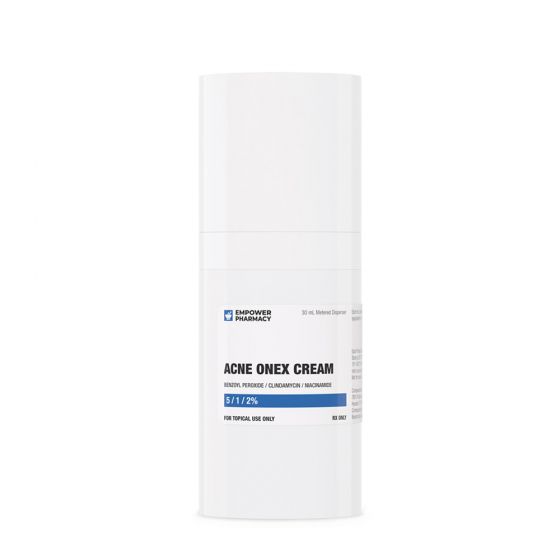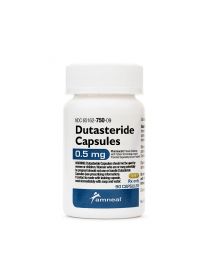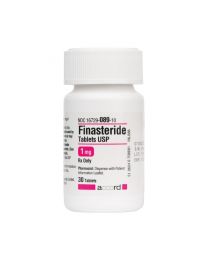- Home
- About
-
- < Products
-
- < By Brand
- Alastin Skincare
- AMP medical
- Biopelle
- CALECIM®
- CareFirst Specialty Pharmacy
- CLn Skin Care
- CO2Lift
- EltaMD
- Empower Pharmacy
- Glowbiotics
- Hillcrest Pharmacy
- HydroPeptide
- ISDIN
- Jan Marini
- Latisse
- MMSkincare
- Neocutis
- Nutrafol
- Obagi
- PCA Skin
- PHOTOZYME
- Qyksonic
- Revision Skincare
- Sente
- skinbetter science
- SkinCeuticals
- SkinMedica
- Upneeq
- VANIQA®
- Virtue Labs
-
- < By Product Type
- Acne Scarring
- Acne Treatments
- Anti-Aging
- Bath and Body
- Brightening
- Cleansers
- Eye Treatments
- Exfoliants
- Hair Care
- Hair Regrowth
- Hand Treatments
- Injectable
- Kits
- Lip Treatments
- Masks
- Moisturizers
- Neck Treatments
- Redness & Rosacea
- Retinoids & Exfoliants
- Scarring & Post-Procedure
- Thin Lashes
- Serums
- Skin Rejuvenation & Antioxidants
- Dietary Supplements
- Toners
- Sun Protection
- Contact Us
- Sign In
- Sign Up
Benzoyl Peroxide
Antimicrobial activities of benzoyl peroxide against Propionibacterium acnes, the most common bacteria found in sebaceous follicles and comedones.
Clindamycin Phosphate
Clindamycin suppresses protein synthesis by binding to the 23S RNA of the bacteria's 50S ribosomal subunit.
Niacinamide
Dietary requirements for niacin can be met by the ingestion of either nicotinic acid or nicotinamide; as vitamins, both have identical biochemical functions.
$94.64
Benzoyl Peroxide
Topical benzoyl peroxide is used to treat acne. Benzoyl peroxide has antimicrobial properties. It also has drying, sebostatic, and mild skin desquamation properties. Both inflammatory and non-inflammatory acne lesions benefit from benzoyl peroxide. In mild cases of acne, benzoyl peroxide is useful as a monotherapy, while in moderate to severe cases of acne, it is used as an adjuvant. For the treatment of mild to moderate acne, research 1 in the United Kingdom found that an OTC 5 percent benzoyl peroxide topical formulation (Panoxyl Aquagel) was as effective as a topical benzoyl peroxide/erythromycin combination and the oral tetracyclines minocycline and oxytetracycline. Topical benzoyl peroxide and benzoyl peroxide/erythromycin combinations were not linked to tetracycline-induced propionibacterium antibiotic resistance. Off-label uses of benzoyl peroxide include the treatment of decubitus ulcers. Prescription and over-the-counter versions of benzoyl peroxide are available, as well as combinations with erythromycin, hydrocortisone, and sulfur (see separate monographs for each of the combination products). To guarantee uniformity with the standardized 'Drug Facts' layout, the FDA has amended labeling regulations for all non-prescription (over-the-counter) topical acne medications, including benzoyl peroxide. In over-the-counter topical acne medication treatments, benzoyl peroxide is generally recognized as a safe and effective (GRASE) active component.
Clindamycin Phosphate
Clindamycin as an antibiotic is structurally related to lincomycin, from which it is produced. Clindamycin has long been thought to be an effective anti-anaerobic antibiotic, but it has recently been proven to be useful in treating toxoplasmic encephalopathy in AIDS patients when combined with pyrimethamine. Clindamycin was licensed by the FDA in 1970 and is available as a hydrochloride salt for oral use and a phosphate salt for parenteral, topical, and vaginal use. In November 2004, the FDA authorized ClindesseTM, a single-dose vaginal cream for bacterial vaginosis. In December 2004, the FDA authorized EvoclinTM, an aerosol topical foam containing 1% clindamycin, for the treatment of acne vulgaris.
Niacinamide
Niacin (nicotinic acid or 3-pyridine carboxylic acid) is a B-complex vitamin. Good dietary sources of niacin are animal proteins, beans, green vegetables, liver, mushrooms, peanuts, whole wheat, and unpolished rice. Niacin is also present in cereal grains but is largely bound to plant proteins, and thus is poorly absorbed after ingestion. Niacin is one of the substances used in the enrichment of refined flour, and our dietary intake of pre-formed niacin comes primarily from enriched grains. However, the body's niacin requirement is also met by the biosynthesis of niacin from tryptophan, an amino acid. For example, milk and eggs do not contain niacin, but do contain large amounts of tryptophan from which niacin is derived. Each 60 mg of excess tryptophan (after protein synthesis) is converted to approximately 1 mg of niacin. Synthesis of the vitamin from tryptophan in proteins supplies roughly half the niacin requirement in man. Iron deficiency or inadequate pyridoxine or riboflavin status will decrease the conversion of tryptophan to niacin and may contribute to deficiency, due to an interdependence of coenzymes in the niacin production pathway. A late and serious manifestation of niacin deficiency is pellagra, a clinical symptom complex principally affecting the GI tract, skin, and CNS, producing symptoms of diarrhea, dermatitis, and dementia, respectively. Pellagra may result from niacin- and protein-deficient diet, isoniazid therapy, or certain diseases that result in poor utilization of tryptophan. Pellagra was the only vitamin-deficiency disease to ever reach epidemic proportions in the US; pellagra is rare today in industrialized countries due to the enrichment of refined flours.
Several synonyms for niacin and niacinamide exist. Synthetic niacin could be produced by the oxidation of nicotine, and the term 'nicotinic acid' evolved. Scientists also coined the terms 'nicotinamide' and 'niacinamide' for the amide form of nicotinic acid. The term 'niacin' has been used generically since the 1940s to label foods and to avoid the association of the vitamins with the nicotine alkaloid from tobacco. Thus the name 'niacin' has been used to denote both chemical forms, which are equivalent to vitamins on a weight basis. Both nicotinic acid and nicotinamide are synthesized for inclusion in nutritional supplements. However, since nicotinic acid and nicotinamide have different pharmacologic properties outside of their use as vitamins, it is important to distinguish between the two forms in pharmaceutical products.
In clinical medicine, nicotinic acid is used as an antilipemic, but nicotinamide (niacinamide) is not effective for this purpose. Nicotinic acid was the first hypolipidemic agent shown to decrease the incidence of secondary myocardial infarction (MI) and reduce total mortality in MI patients. However, no incremental benefit of coadministration of extended-release niacin with lovastatin or simvastatin on cardiovascular morbidity and mortality over and above that demonstrated for extended-release niacin, simvastatin, or lovastatin monotherapy has been established. In addition, the AIM-HIGH trial demonstrated that the concurrent use of extended-release niacin (1500—2000 mg/day PO) and simvastatin does not result in a greater reduction in the incidence of cardiovascular events than simvastatin alone. These results are consistent with those of the larger HPS2-THRIVE trial in which the addition of extended-release niacin to effective statin-based therapy did not result in a greater reduction in the incidence of cardiovascular events. Furthermore, there was an increased risk of serious adverse events including an increased incidence of disturbances in diabetes control and diabetes diagnoses, as well as serious gastrointestinal, musculoskeletal, dermatological, infectious, and bleeding adverse events. There was also a statistically insignificant 9% proportional increase in the incidence of death from any cause in the niacin group. The ARBITER 6-HALTS trial demonstrated that the addition of extended-release niacin 2000 mg/day to statins results in significant regression in atherosclerosis as measured by carotid intima-media thickness, and is superior to the combination of ezetimibe and a statin. In an MRI study, the addition of extended-release niacin 2000 mg/day to statin therapy resulted in a significant reduction in carotid wall area compared to placebo. However, the NIA Plaque study, which was presented at the American Heart Association (AHA) 2009 Scientific Sessions, did not find a significant reduction in the progression of atherosclerosis associated with the addition of niacin to statin therapy as compared to statin monotherapy. Additionally, nicotinic acid has been used as a therapy for tinnitus, but efficacy data are scant. Some sustained-release nicotinic acid formulations have a lower incidence of flushing but a higher incidence of hepatotoxicity when compared to immediate-release forms. Some dosage forms are available without prescription. The FDA officially approved niacin in 1938.
| Brand | Empower Pharmacy |
|---|
Write Your Own Review
acne treatment
Benzoyl Peroxide / Clindamycin / Niacinamide 5/1/2%












